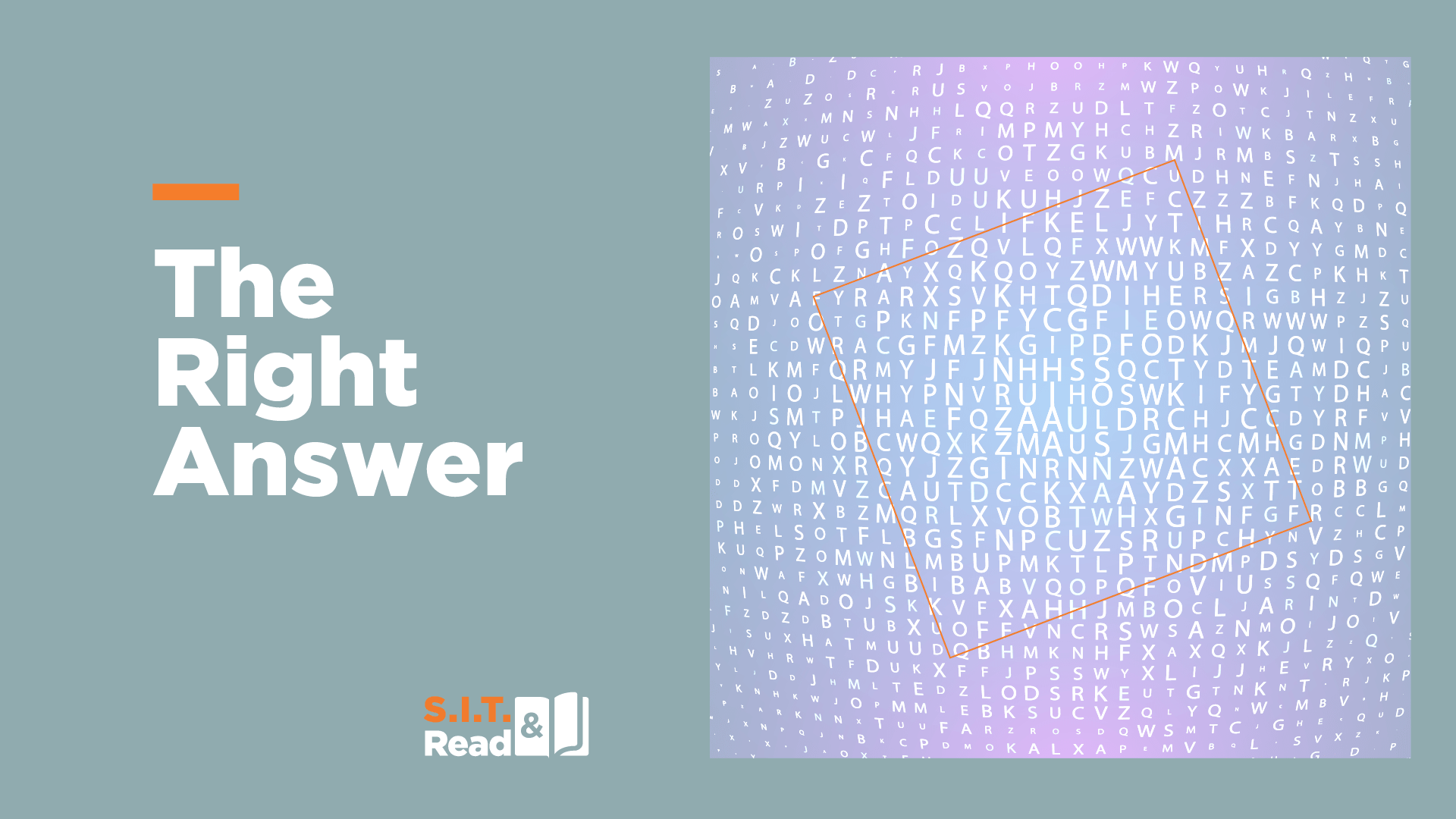I recently read an interesting article about presentation tips. The author, a “cognitive neuroscientist and chief science officer”, opens her article thus:
Which is the odd one out?
14
40
68
96
A paragraph later, she writes:
If you think about the mental calculations required to reach the right answer in the above exercise (as you probably discovered, it’s “40”)…
I felt a bit stupid, since I had not “discovered” that the answer was 40. In fact, even after giving it some thought, I’m not sure why it is obvious that “the right answer” is 40.
Before continuing, pause – do you have a good explanation why 40 is the right answer? Do you have another suggestion for a right answer?
Lacking a convincing argument in favor of 40, or any of the other numbers, I jotted down candidates for answers that came to mind:
1) Sixty eight – only one with two “t”s
2) 14 –only one with a “1”; 40 –only one with a “0”; 68 – only one with a “6”; 96 – only one with a “9”
3) 14 – only one not divisible by 4
4) 96 – from 14 to 40 there is a gap of 26, from 40 to 68 the gap is 28, so the next number should be 68+30, therefore 98, but it’s 96, so that’s the odd one out
5) 40 – only round number, only one that has no units, only tens
6) 40 – all other numbers are composed of either only straight lines (1,4) or curves (6,8,9) and only 40 has both linear (1) and curvy (0) numerals.
7) 40 – only one that doesn’t have an “o” when written in Spanish, only one that can be written as a single word in Hebrew
8) 68 – only one that has a factor which is greater than 10 (17)
9) 96 – only one that stays the same when you turn the page on its head
10) 69 – only adjacent pair of numerals (vertical or horizontal) that creates an odd two-digit number
How, then, can one speak of “the right answer” in this case? What kind of minds are we creating in our children (and grownups) when we pose these questions and program them to seek a single “right answer”?
This reminded me of a small puzzle we often use in our workshops.
Which is the odd one out?
1) 15
2) 17
3) 19
An arithmetically correct answer is “15” – the only one which isn’t prime.
Another potential answer is “2”. This is the innovation facilitator’s favorite answer, highlighting the cognitive fixednesses that prevent one from recognizing this possibility. The answer “2” may, to some, feel inferior to “15”, an obviously correct reply. Others prefer “2”, as it requires a shift from the regular/intuitive/standard way of perceiving the problem. But, beware, for this strong preference often leads facilitators to now refer to “2” as “THE answer”. Why? Because just as the math teacher uses the question to check her students’ understanding of prime numbers, so do workshop facilitators want to drive home their anti-fixedness message. Both err in inculcating in their listeners the mindset that questions tend to have one single correct answer. Most don’t.
